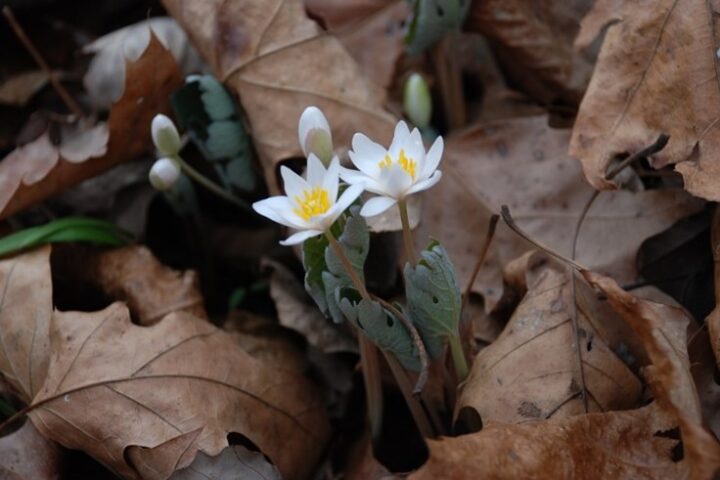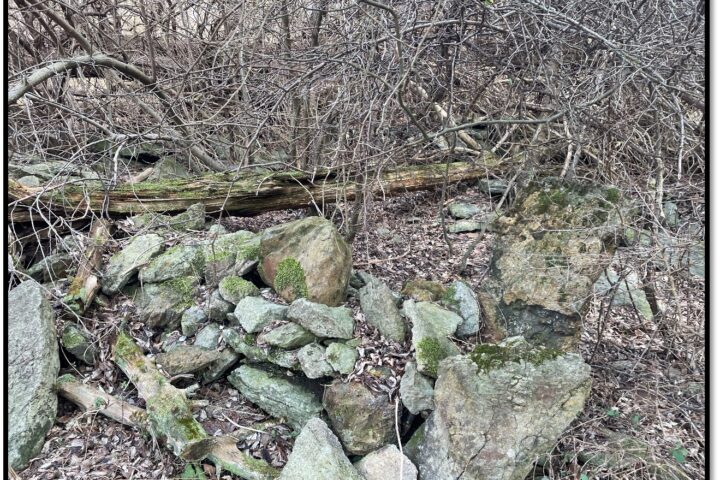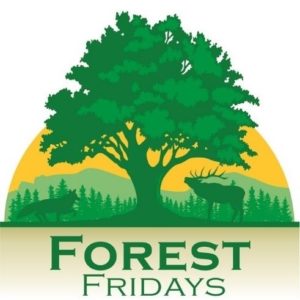
By Ryan Reed
Most Americans will celebrate Independence Day this weekend in observance of the declaration of our independence from Great Britain on July 4, 1776. More than a century earlier, William Penn helped to establish the Pennsylvania colony (one of the original 13), which was originally settled by the first Europeans near Philadelphia at Tinicum Island in 1643. The Pennsylvania colony would be instrumental throughout the Revolutionary War, and would be the eventual site of the formal signing of the Declaration of Independence by the 2nd Continental Congress.
Pre-Revolutionary War settlers of the colonies brought along some items of course, including a few valuables and keepsakes. Some colonial settlers were known to be quite attached to the flora of their homeland, and thus brought seeds west to our shores for their medicinal, culinary, and esthetic qualities, as well as to establish some semblance of home.
During the run-up to the Revolutionary War, amid all the strife of “taxation without representation” and the back-and-forth dealings with King George III, “other” colonists were establishing independence of their own. Although it would be almost impossible to verify their exact provenance, the following plants arrived and “gained independence” during roughly the same period:
Queen Anne’s Lace
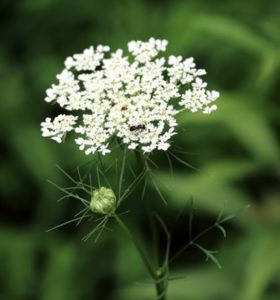 It would be hard to find a plant with a better link to Great Britain, as Queen Anne’s rule lasted from 1702-1714. Queen Anne’s lace has become so ubiquitous across Pennsylvania, and for so long, that it is often termed “naturalized.” Some state agencies list it as invasive and/or noxious, but this plant seems to occupy a low status in the threat hierarchy of wild plants in PA. They make a great summer bouquet for those who like to pick wildflowers.
It would be hard to find a plant with a better link to Great Britain, as Queen Anne’s rule lasted from 1702-1714. Queen Anne’s lace has become so ubiquitous across Pennsylvania, and for so long, that it is often termed “naturalized.” Some state agencies list it as invasive and/or noxious, but this plant seems to occupy a low status in the threat hierarchy of wild plants in PA. They make a great summer bouquet for those who like to pick wildflowers.
Dandelion
Perhaps the wildflower that is best known worldwide is the common dandelion. Treasured for their medicinal qualities, dandelions are reported to have been brought directly from England to America on the Mayflower in 1620. Blooming in early spring, their cheerful yellow blooms are a favorite among kids, and even make a great addition to salad.
English Ivy
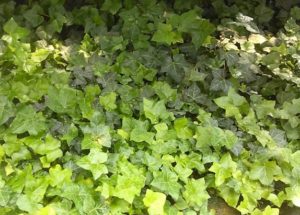 A popular landscaping groundcover found throughout Pennsylvania, English ivy is thought to have been brought here in 1727 by colonists who arrived in Virginia. Its aggressive growth habit has landed it on our invasive plant list.
A popular landscaping groundcover found throughout Pennsylvania, English ivy is thought to have been brought here in 1727 by colonists who arrived in Virginia. Its aggressive growth habit has landed it on our invasive plant list.
European Barberry
Also on our invasive list, European barberry was planted by settlers for hedgerows and for use in making jam and dye. Along with is close cousin, Japanese barberry, it is arguably one of the most aggressive invasive species in Pennsylvania. The Bureau of Forestry expends considerable time and money to control this plant, which was recently added to the noxious plant list.
It is well-known that many other plants have “gained independence” from England (and all over the world) by populating American soils, to great ecological harm. Let us hope that in the future, we help potentially harmful plants show more allegiance to their homelands.
Have a great Independence Day!
Forest Fridays is a feature of the DCNR Bureau of Forestry.


